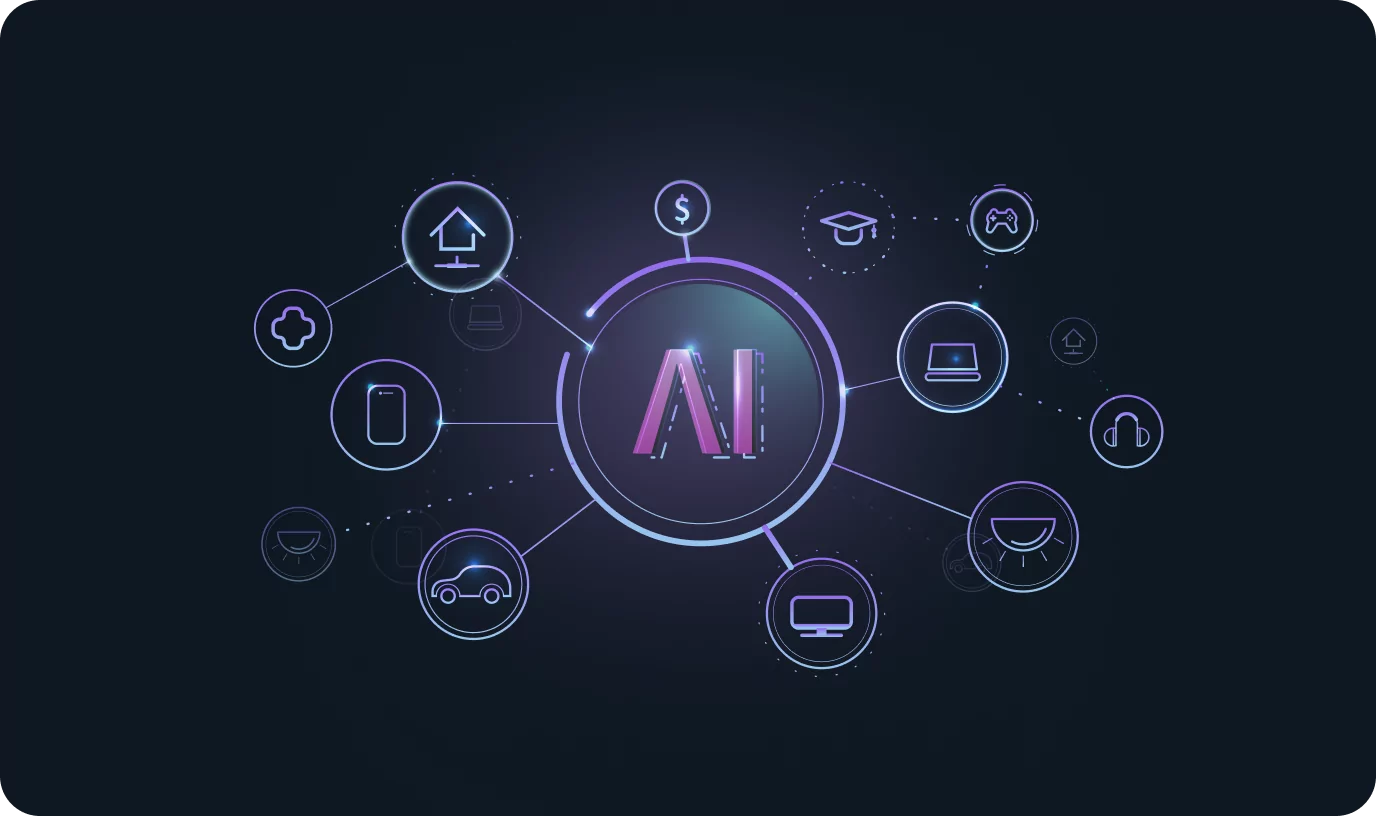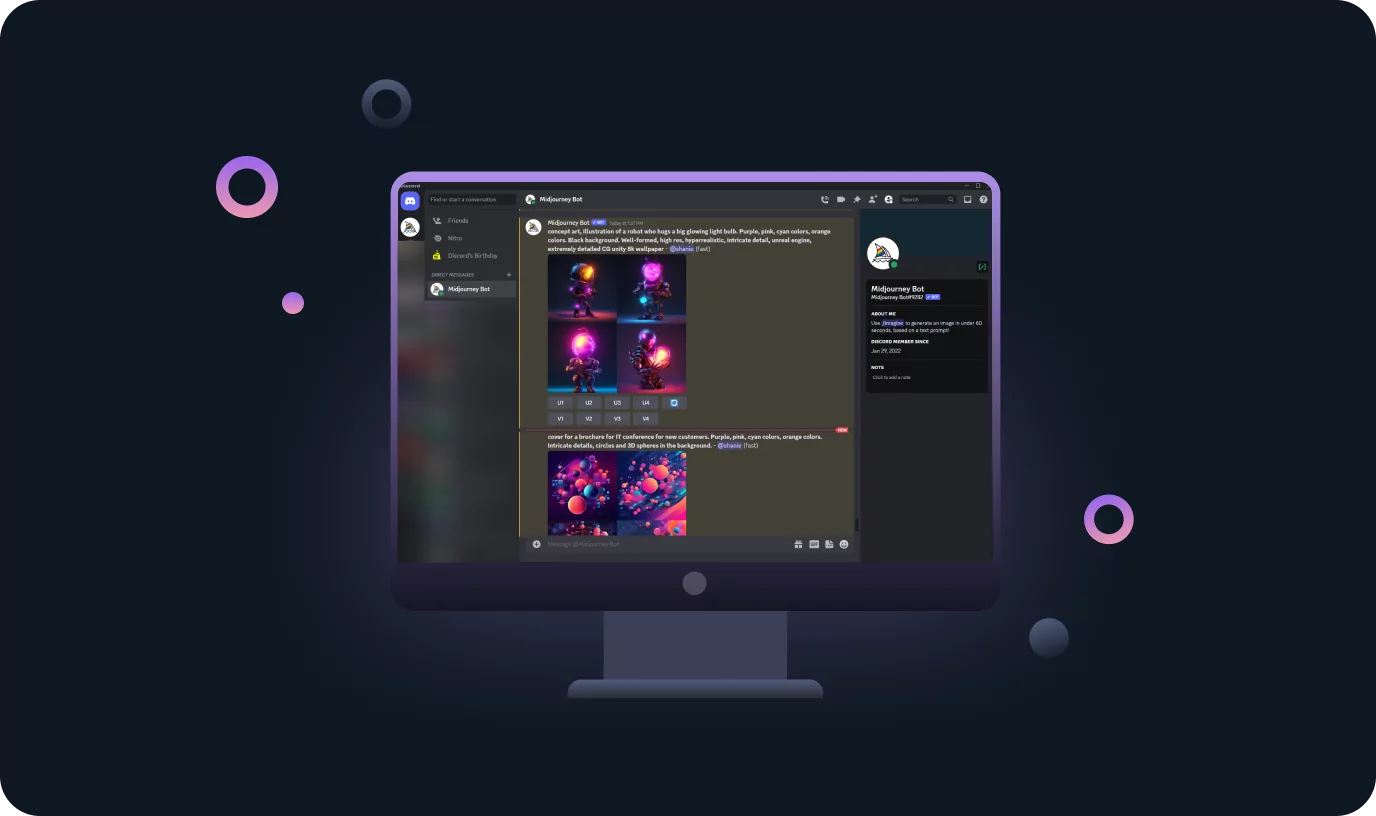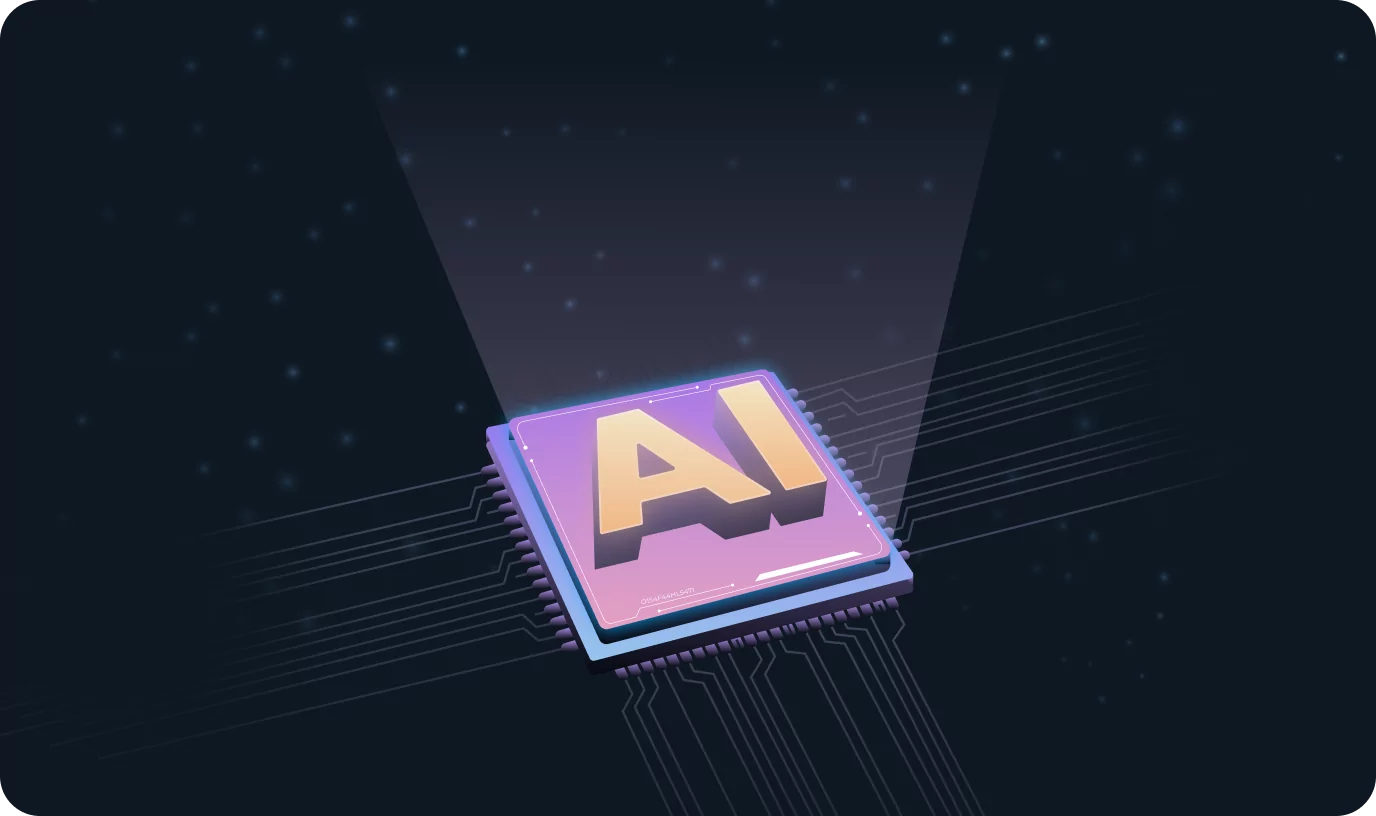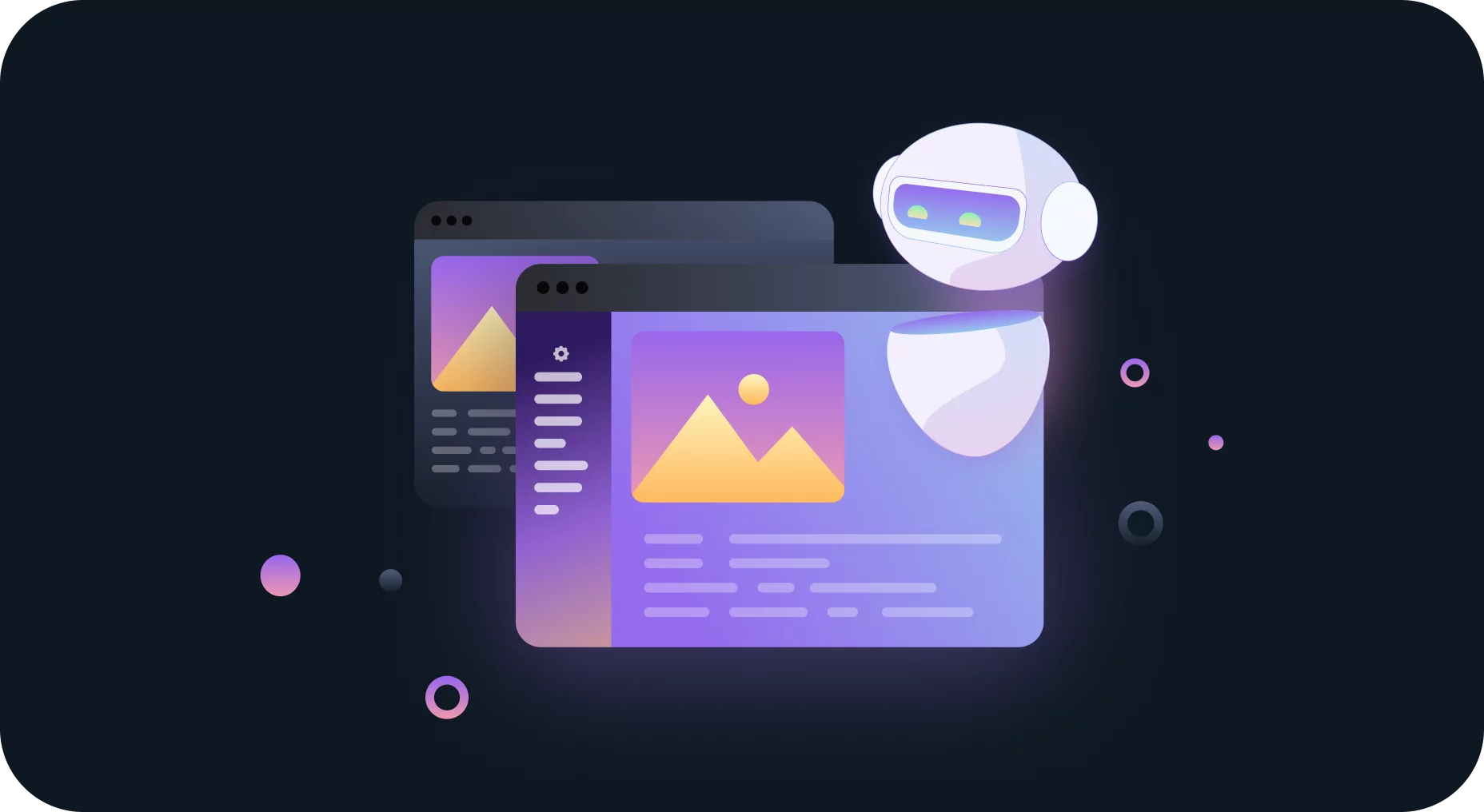Table of contents
Generative AI is the buzzword of today. Everyone must have tried using at least one of the available solutions by now. ChatGPT alone has over 100 million users, and Midjourney isn’t too far behind. However, if you are a business owner looking to boost your services or workflow with tech innovation, your main question should be, ‘how to use generative AI in my business?’
We are here to answer this question today. Devtorium offers a wide range of AI software development services, and our solution engineers have expertise with different types of AI frameworks. According to our experts, the only limitation when implementing AI into business is your creativity. Generative AI uses are indeed quite specific. However, using your imagination, you can make these instruments help with many everyday tasks.

Step 1: Choose the Type of Generative AI Applications You Need
Generative AI is a technology that trains using specific datasets, and, based on that training, it learns to generate various types of other datasets. Simply put, developers input massive databases that the AI processes and learns. Then, it creates different types of content based on the information it consumed.
It’s also important to note that generative AI applications are today’s top tech trend. They’ve been on a steep rise since 2020 and, according to Gartner, reached the ‘Peak of Inflated Expectations’ in 2022. ChatGPT made this technology truly mainstream as it introduced AI to the mass market. Every person with a computer and internet access could use ChatGPT and get some answers from it. This showed people without connections to software development that AI technology is real and that generative AI uses are endless.
The quick popularization of other AI tools pushed this technology forward faster because, as mentioned before, it learns when it works with data. Therefore, AI improves with every task it completes.
When you consider how to use generative AI in your business, you need to start by researching the types of these tools. The most basic way to separate generative AI into types is by the kind of output content they produce. However, remember that some AI solutions are highly complex and can generate various content.
- Text generation
- Code generation
- Video generation
- Image generation
- Sound generation
- Research and explanation
The last type refers to generative AI uses in research where such tools can process, simplify, and summarize complex texts. For example, you can use Elicit or Enago Read for these purposes. Other popular generative AI apps are ChatGPT, DALL-E, Bard, DALL-E, and Midjourney, which create different content based on user-given prompts or dialogue.

Step 2: Generative AI Application in Real-Life Situations
Types of these tools seemingly make it obvious how to use generative AI. However, are you sure you’ve thought of all the ways this can be implemented in business?
Here’s a list of some ideas for you to consider:
- Text content creation can be used to make marketing materials, blog posts, advertisements, and even work emails for some situations. For example, if you don’t have a talent for creative writing, generative AI tools like ChatGPT can help you write proposals, congratulatory emails, and even feedback.
- You can use generative AI to edit texts as well. The tool can help you improve grammar and style or make some translations. However, it’s admittedly not perfect in translations, so be careful with how you use that output.
- When you need to make guides or other helpful documentation for your customers, you can use AI generators to simplify technical texts. So, you’ll create posts and papers that are easy even for non-professionals to understand.
- Image and video generators can also be used in marketing. You can create everything from a brand logo to a complete set of marketing materials used in ads, banners, blog posts, and even website designs.
- In other generative AI uses, 3D models can be implemented in manufacturing and used to aid business planning.
- Architects can use generative AI applications to create and analyze existing designs.
- If needed, you can use Midjourney and similar tools to create illustrations for your content.
- Sound generation can be applied to create tunes for social media or for your personal artwork, as well as advertisements and presentations.
- Text generators, like GPT-4, are part of responsive chatbots and other automated reply solutions. For example, you can program these tools to send automatic email replies.
- Sound generation solutions can work with speech in different ways. One of them is speech-to-text, which will allow you to create records of lectures or important meetings.

AI Uses for Onboarding and Customer Service
Currently, the main areas of generative AI applications are employee onboarding and customer service. That’s because a chatbot is the most popular AI instrument used in business today. However, generative AI uses allow you to expand on those implementations, further boosting their efficiency.
Some ideas on how to use generative AI in onboarding and customer service include:
- Creating educational courses using video and speech generation technologies.
- Personalizing customer journey experiences.
- Creating a support service for navigating the company or website.
- Creating a service to collect and process complaints, using AI capabilities to allow the tool to resolve some common issues.
- Developing a content recommendation system for customers to help boost sales.

Bottom Line: Who Needs Generative AI Apps Today?
This is only a short list of the most basic AI uses one can come up with today. If you are serious about improving your business’ productivity with this technology, you should book a free consultation and discuss your case with our AI solution developers.
AI applications are so versatile that they can benefit any business today. All you need is a bit of creativity and a lot of technical expertise. We have both and can help you achieve the best results with custom AI solution development services. These can be tailored to your budget and needs. Most importantly, they can grow with your business, offering continuous improvement and optimization.




